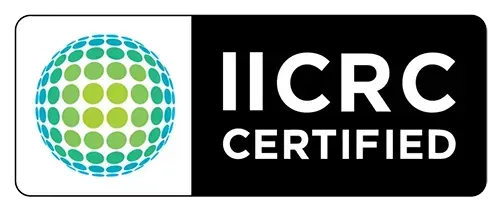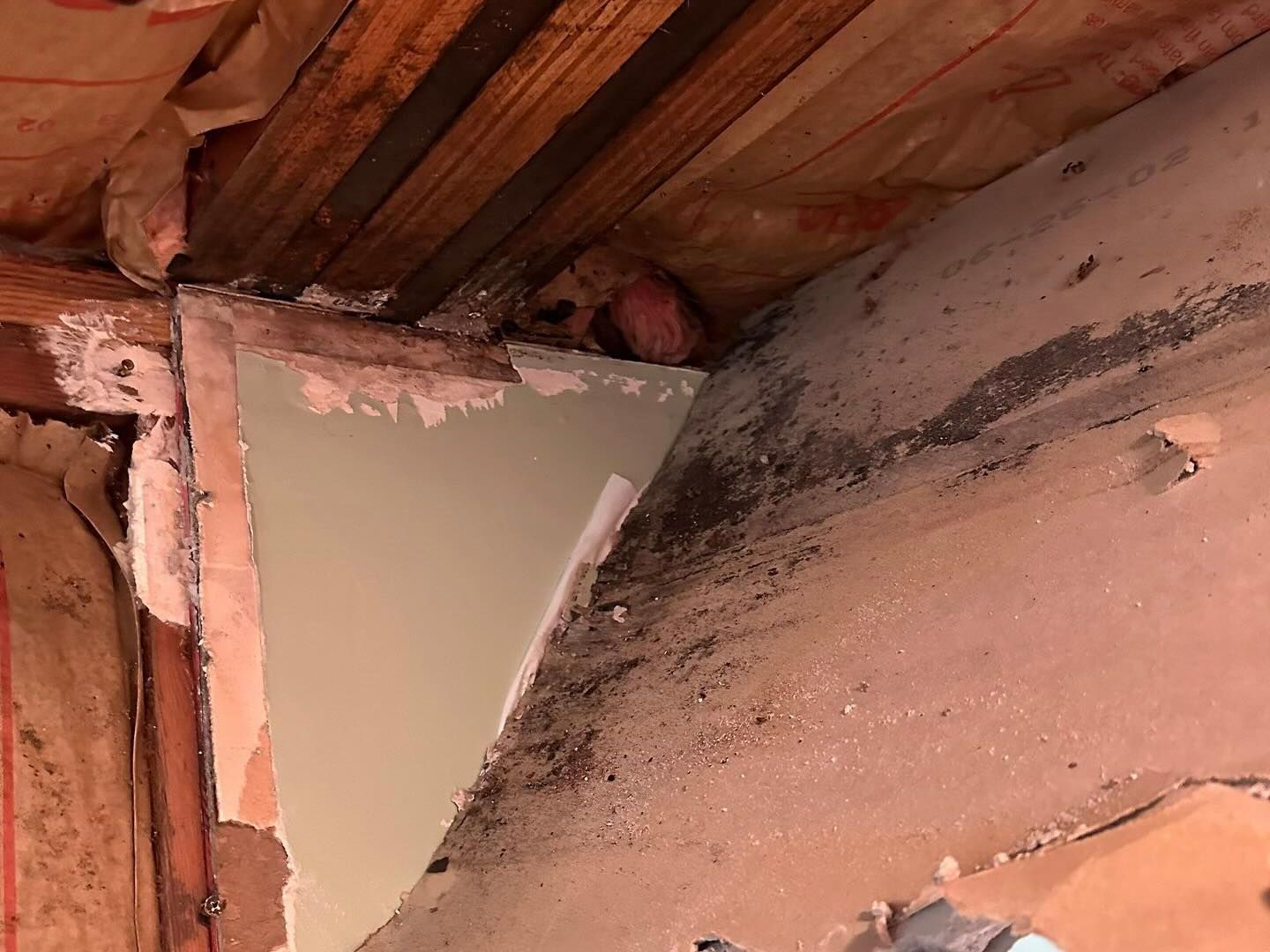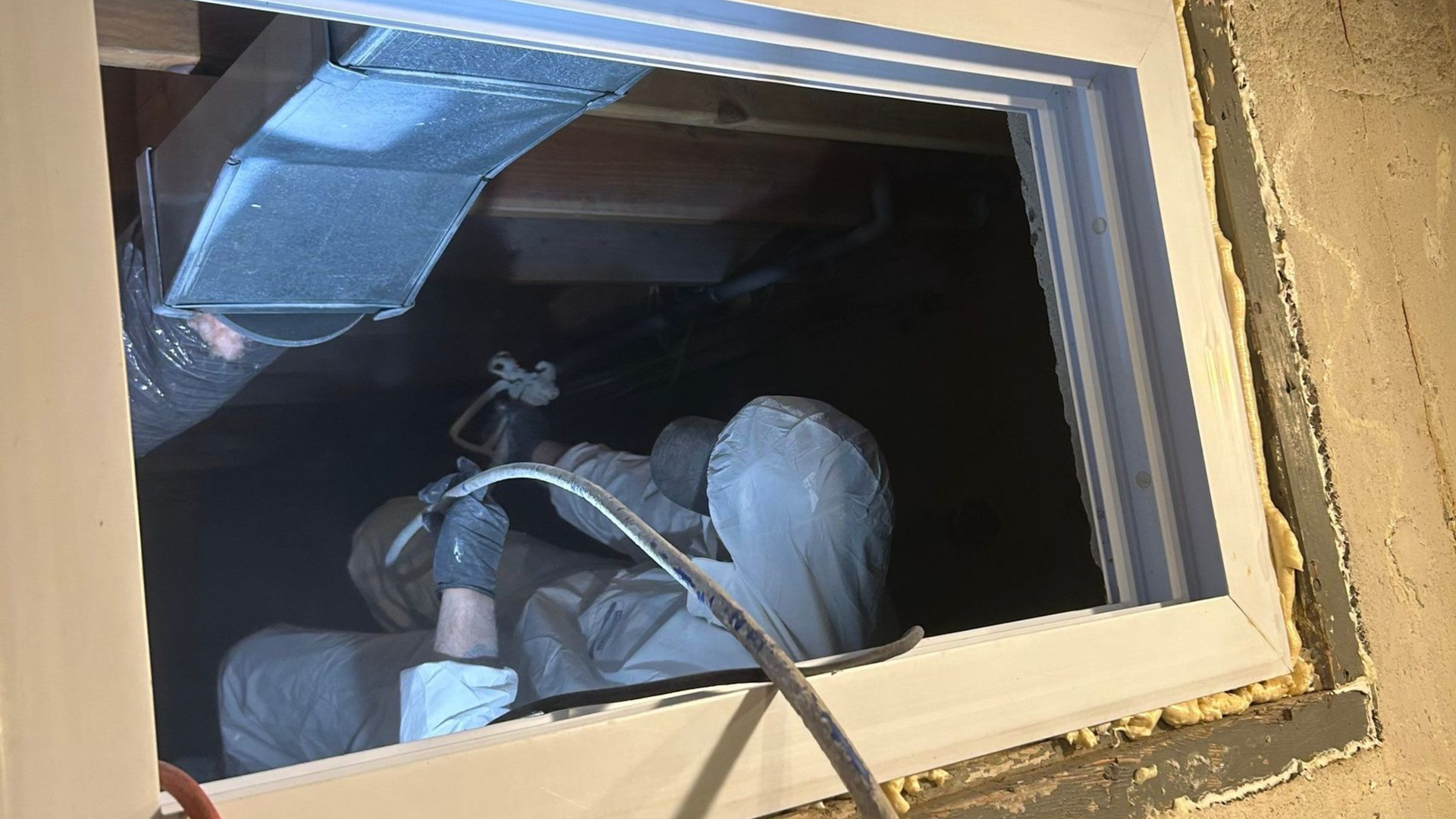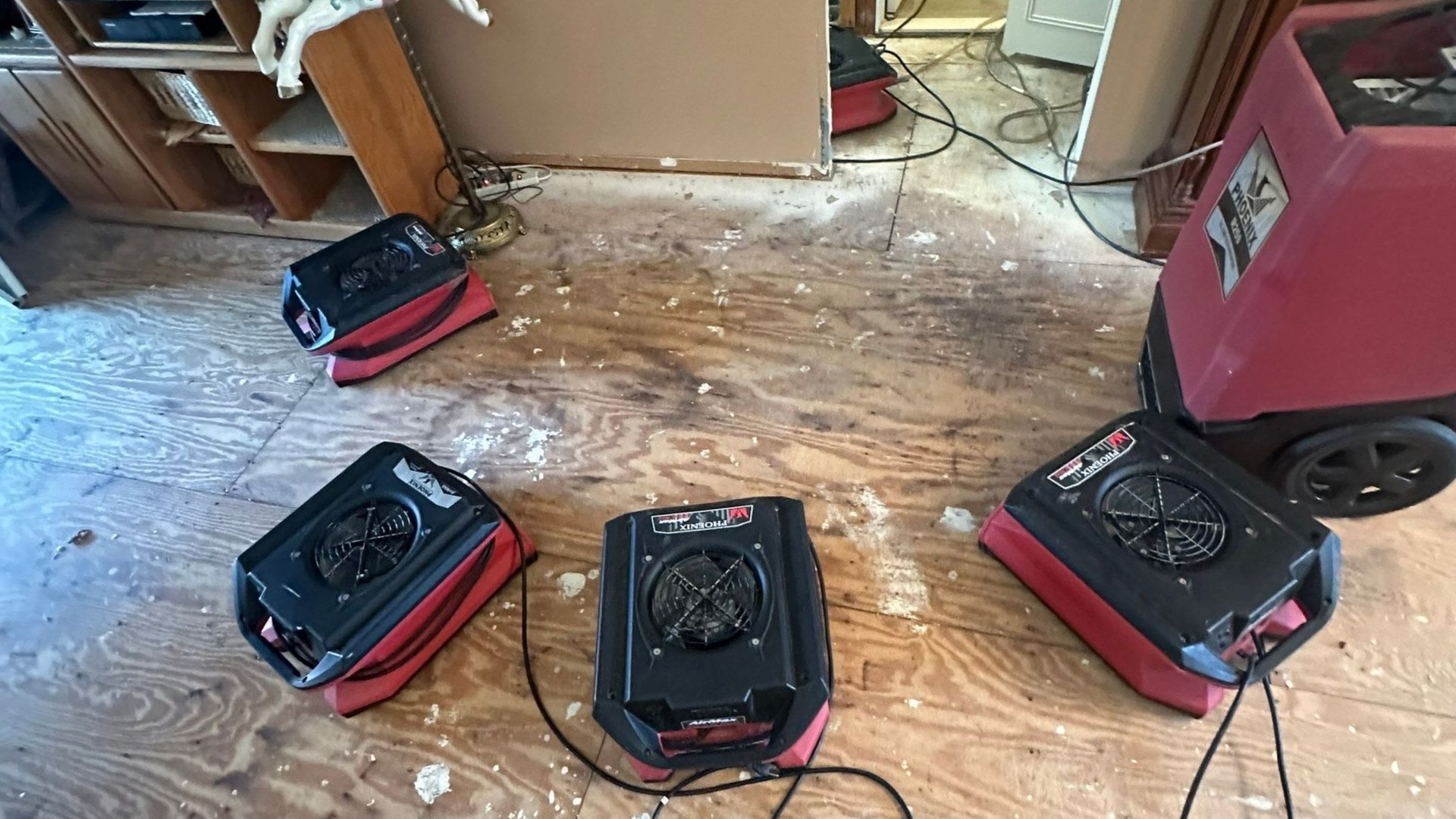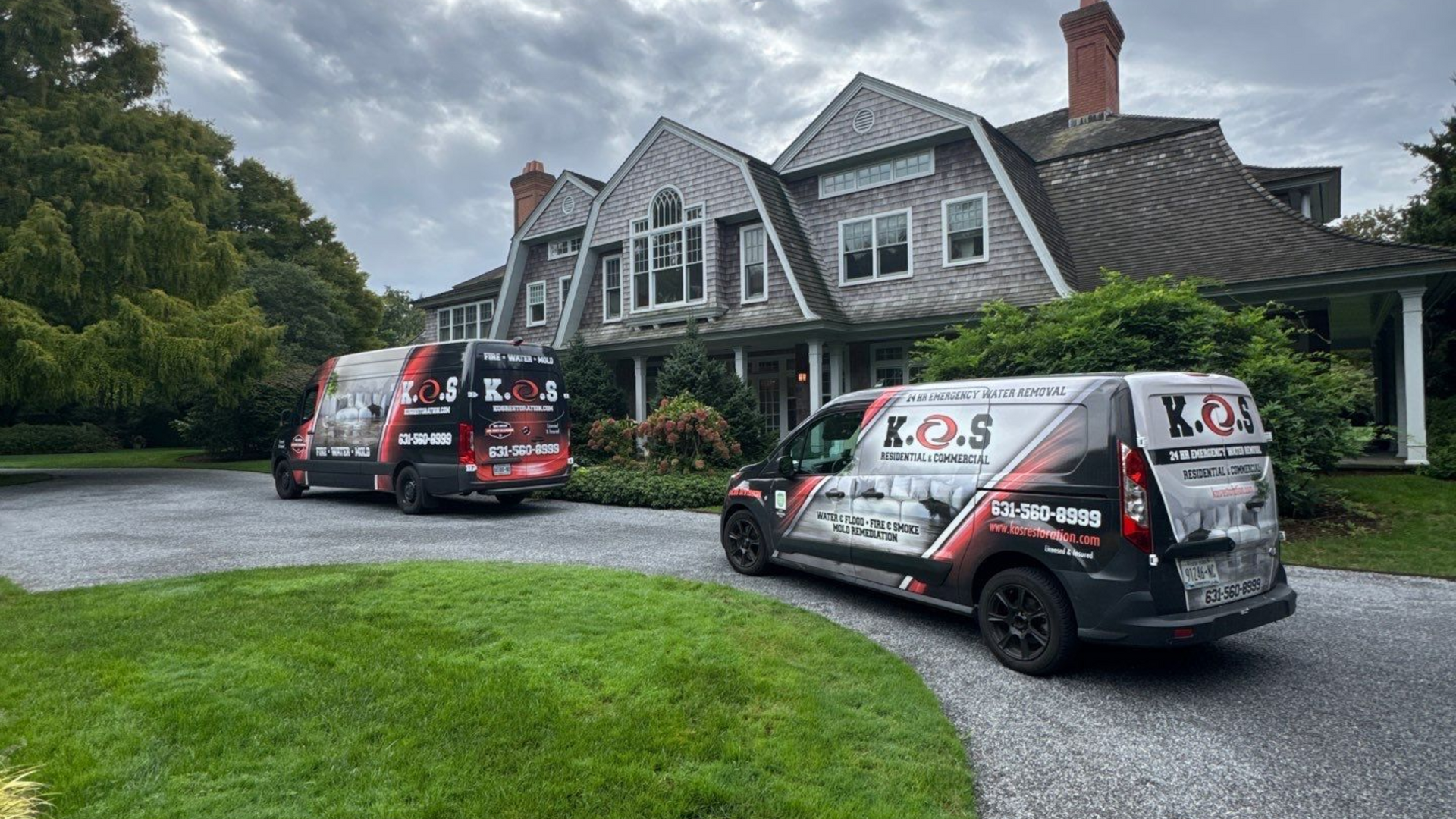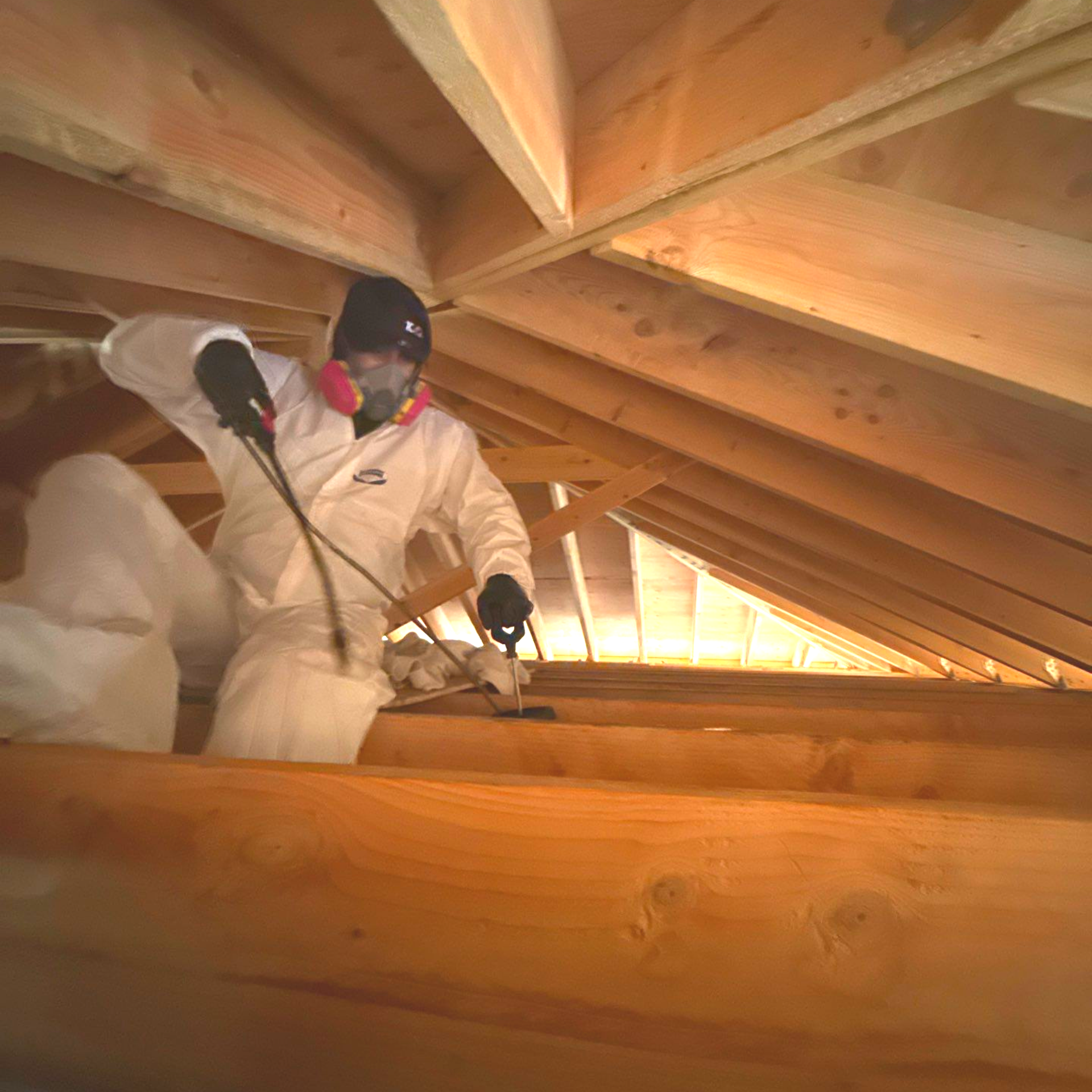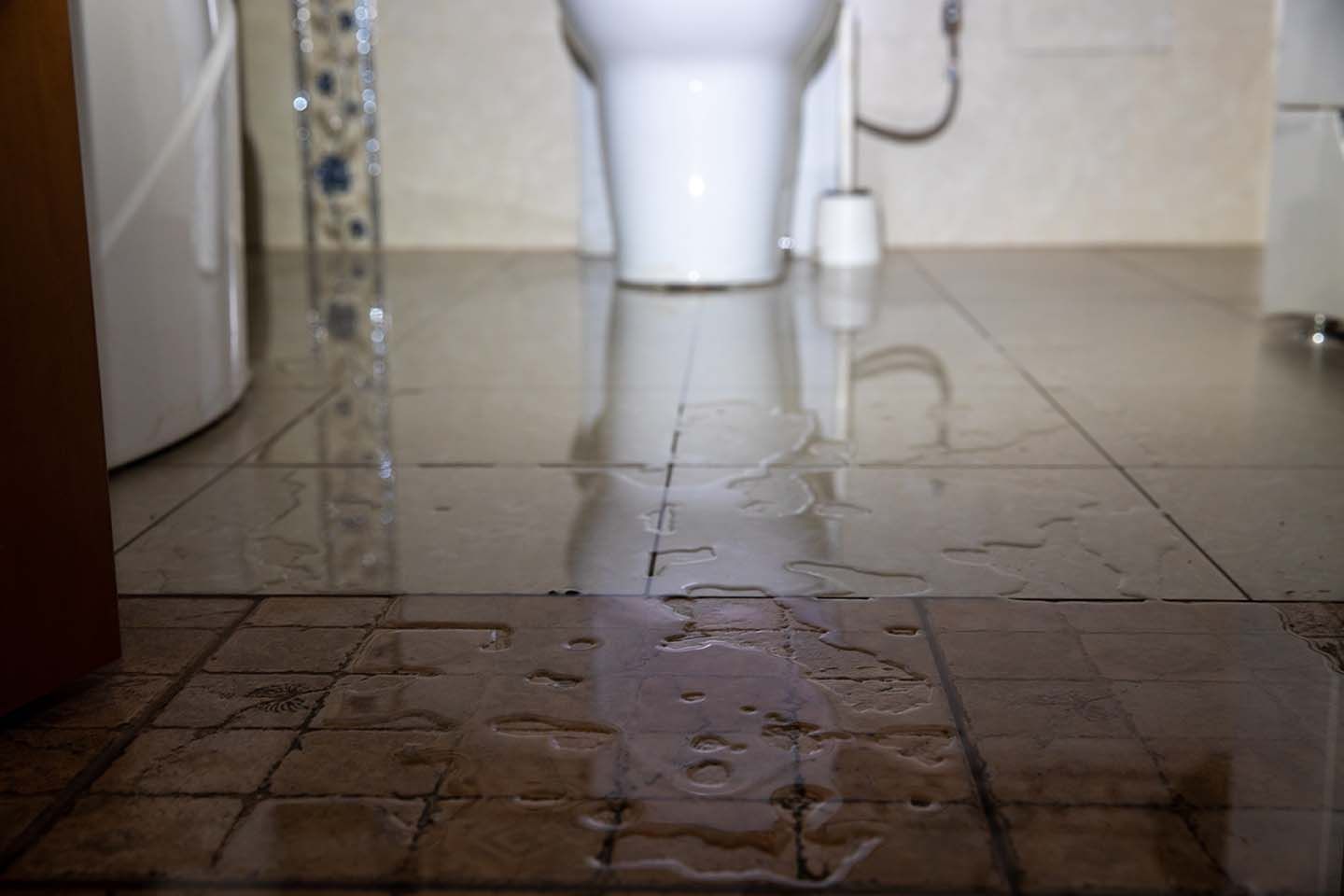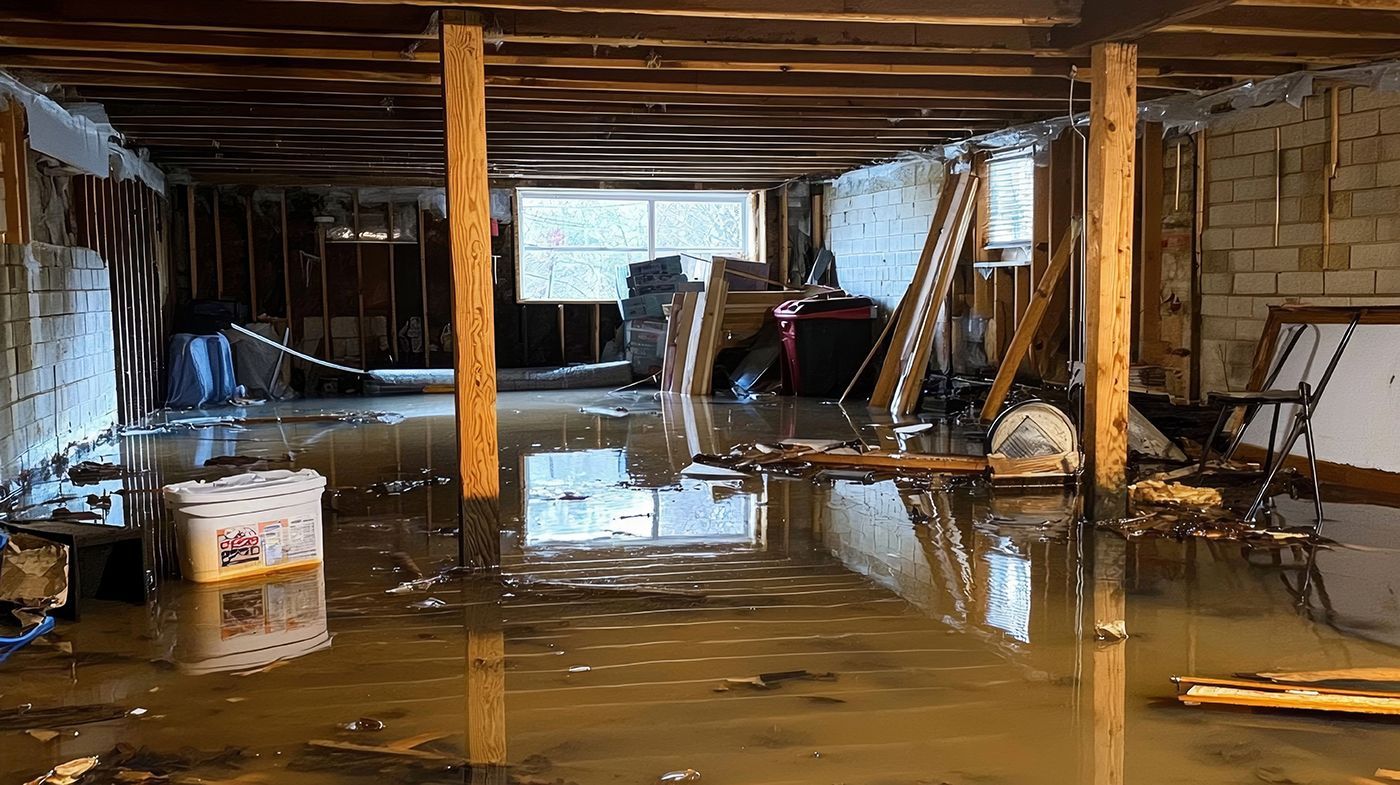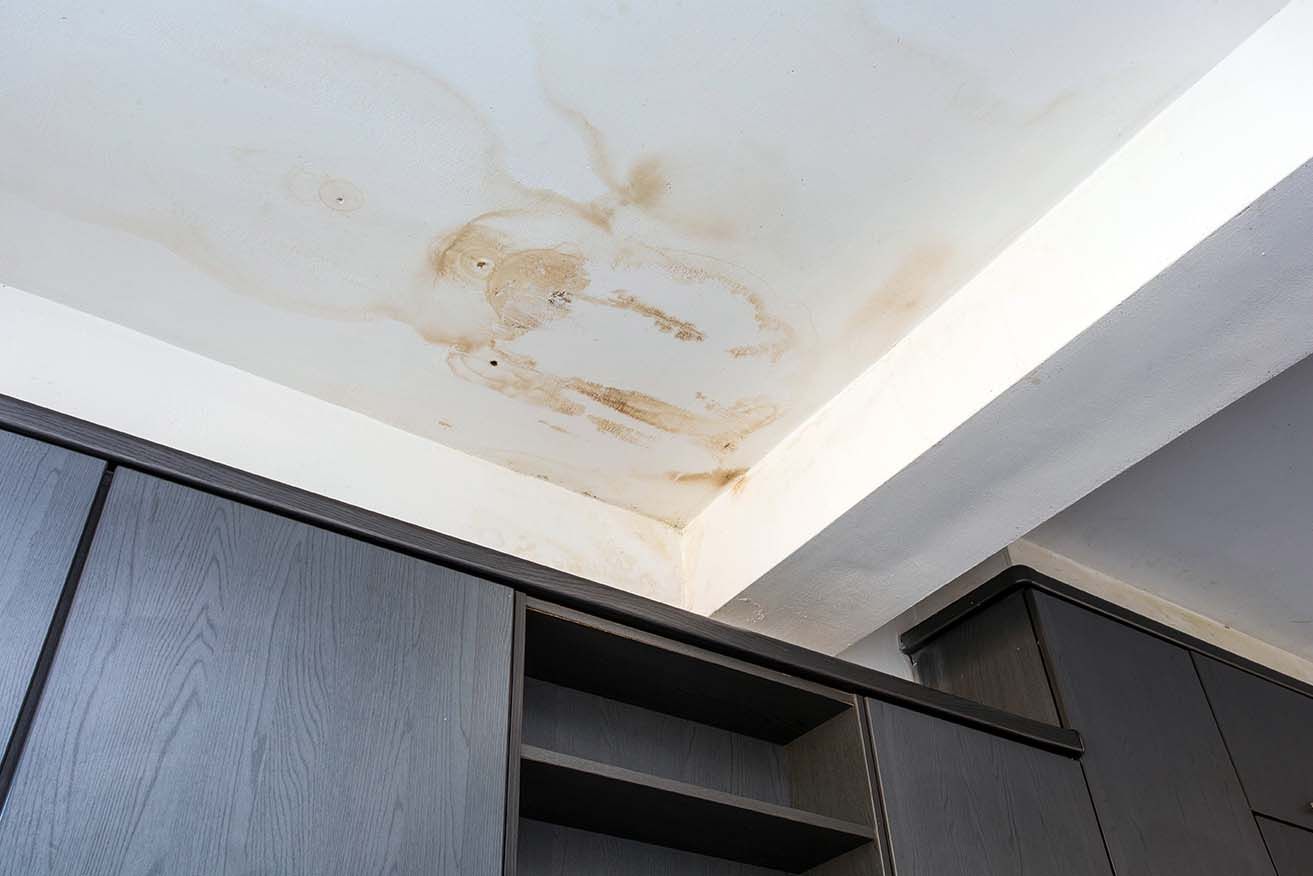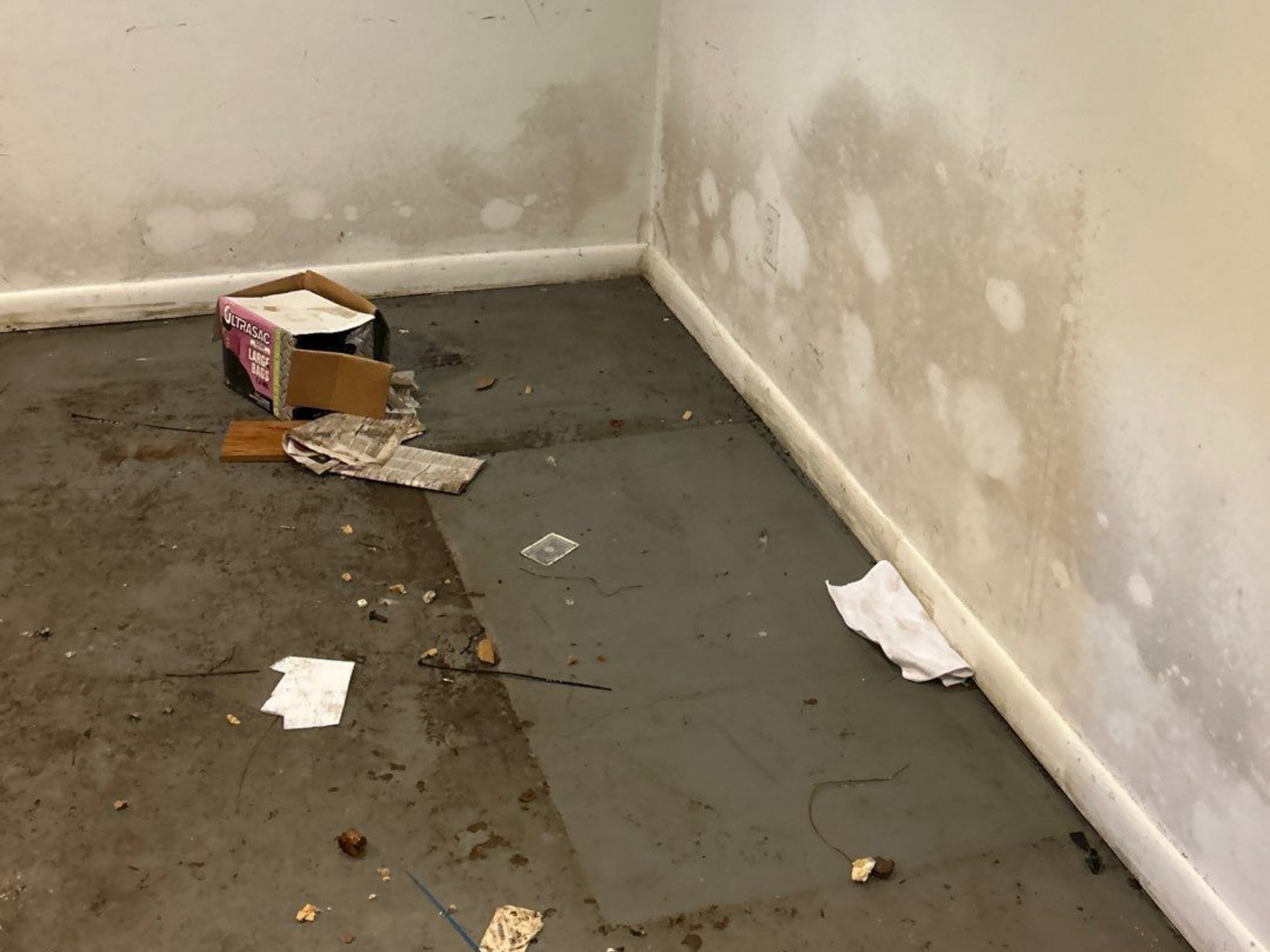How to Detect Mold in a Crawl Space
How to Detect Mold in a Crawl Space and What Signs Homeowners Should Look For
As a homeowner on Long Island, you know that keeping your home safe and healthy is a top priority. Unfortunately, mold is an issue that can quickly sneak up on you, especially in hidden areas like your crawl space. Mold thrives in damp, dark environments—conditions commonly found in crawl spaces. But how can you detect mold in a crawl space before it becomes a bigger problem? At K.O.S. Restoration, we’ve got you covered! With our years of experience in mold remediation, we’re here to help you identify the signs and guide you on what to look out for.
Why Is Mold in the Crawl Space a Big Deal?
Mold growth in your crawl space isn’t just an unsightly problem. It can cause structural damage to your home and negatively impact the indoor air quality, potentially causing health issues for you and your family. Mold spores can travel from the crawl space into your living areas, triggering allergic reactions, respiratory problems, and even exacerbating conditions like asthma.
Because your crawl space is often out of sight, mold can grow unnoticed for months or even years. That’s why it’s crucial to be proactive in inspecting your crawl space regularly and addressing any mold growth as soon as possible. Let’s take a closer look at how to detect mold in a crawl space and the key warning signs homeowners should be aware of.
How Do You Detect Mold in a Crawl Space?
Detecting mold in your crawl space can be tricky, but with a little attention to detail and knowledge of what to look for, you can catch mold growth early. Here are some effective ways to spot mold in your crawl space:
- Visual Inspection: The most obvious way to detect mold is through a thorough visual inspection. Grab a flashlight and check the walls, floor joists, and other surfaces for signs of mold. Mold can appear as black, green, white, or brown patches. If you notice any discolored spots or fuzzy growth, it could be mold.
- Musty Odors: Mold has a distinctive, musty smell. If your crawl space has a persistent, earthy odor, that’s a strong indication of mold growth. This smell can sometimes permeate into your home, even if the mold is confined to the crawl space.
- Moisture Detection: Mold thrives in moist conditions. Check for signs of water leaks, standing water, or condensation in your crawl space. If you find any moisture, there's a high likelihood that mold has followed. You can use a moisture meter to measure the humidity levels. Anything above 60% is a red flag.
- Use of Mold Testing Kits: While not a substitute for professional mold testing, home mold test kits can provide a preliminary indication of whether mold is present. These kits typically involve collecting air or surface samples, which are then sent to a lab for analysis.
Signs Homeowners Should Look For
Even if you haven’t had a chance to physically inspect your crawl space, there are several warning signs that might indicate you have mold hiding down there. Here’s what to keep an eye on:
- Unexplained Allergies and Respiratory Issues: If you or your family are experiencing persistent allergy symptoms—such as sneezing, runny noses, itchy eyes, or coughing—it could be more than just seasonal allergies. Mold spores from the crawl space can easily make their way into your home, impacting your indoor air quality. Respiratory issues, headaches, and worsening asthma symptoms are also common signs of mold exposure.
- High Indoor Humidity Levels: Have you noticed that your home feels humid or damp, especially in the lower levels? High indoor humidity levels could be a sign that moisture from your crawl space is making its way into your living areas. This creates the perfect breeding ground for mold growth.
- Visible Mold Growth in Other Areas: If you spot mold in your basement or on the lower levels of your home, chances are it might have started in the crawl space. Mold can easily spread from one area to another, particularly if there is high moisture throughout the house.
- Warping or Damage to Wooden Structures: Mold feeds on organic materials like wood. If you notice warping, cracking, or soft spots in your wooden floorboards or walls, it could be a sign that mold is present underneath the surface. This is particularly concerning for your crawl space, where mold can weaken structural supports over time.
- Increased Energy Bills: Have your energy bills been unusually high lately? When mold is present in your crawl space, it can reduce the efficiency of your HVAC system by blocking airflow and causing the system to work harder. This can lead to higher utility bills.
Preventing Mold Growth in Your Crawl Space
The best way to handle mold is to prevent it from occurring in the first place. Here are some preventive measures homeowners on Long Island can take to reduce the risk of mold growth in their crawl spaces:
- Improve Drainage: Ensure that your home's gutters and downspouts direct water away from the foundation. Water pooling around your home can seep into the crawl space, increasing moisture levels.
- Install a Vapor Barrier: A vapor barrier is a plastic sheet that lines the floor and walls of your crawl space, preventing moisture from entering. This is an effective way to control humidity levels and minimize mold growth.
- Seal Cracks and Gaps: Inspect your crawl space for any cracks or gaps where moisture might enter. Sealing these up can help keep your crawl space dry and mold-free.
- Install a Dehumidifier: If your crawl space tends to stay damp, installing a dehumidifier can help control the humidity and prevent mold growth. Aim to keep humidity levels below 50%.
- Schedule Regular Inspections: Having your crawl space inspected regularly by professionals like the team at K.O.S. Restoration can help catch potential mold issues early. We can assess moisture levels, identify problem areas, and recommend solutions before mold has a chance to take hold.
What to Do If You Find Mold in Your Crawl Space
If you suspect or confirm mold growth in your crawl space, it’s essential to act quickly. Attempting to remove mold on your own can be hazardous, especially if you don’t have the right protective equipment or expertise. That’s where our certified mold remediation services come in.
At K.O.S. Restoration, we’re proud to be IICRC Certified, meaning we follow the highest industry standards for mold remediation. We offer top-rated mold removal services across Long Island, helping homeowners like you get rid of mold safely and effectively. Our team will assess the extent of the mold damage, contain the affected area, remove the mold, and ensure your crawl space is properly treated to prevent future growth.
Detecting mold in your crawl space early is crucial for maintaining a safe and healthy home. By being aware of the signs and taking proactive steps to control moisture, you can protect your home and family from the harmful effects of mold. If you ever find mold in your crawl space or suspect there may be a problem, don't hesitate to contact K.O.S. Restoration. We're here to provide Long Island homeowners with trusted, professional mold remediation services that will keep your home mold-free for good.
FAQs
What does mold look like in a crawl space?
Mold in a crawl space can appear as black, white, green, or brown patches. It often looks fuzzy or slimy and may be accompanied by a musty odor.
How can I prevent mold from growing in my crawl space?
To prevent mold growth, control moisture by improving drainage, installing a vapor barrier, and using a dehumidifier. Regularly inspect the space for leaks and cracks.
Is it safe to clean mold from my crawl space by myself?
We recommend leaving mold removal to professionals, especially for large or hidden infestations. DIY removal can spread mold spores and lead to health issues without proper containment.
Can mold in the crawl space affect the rest of my house?
Yes, mold spores can travel from the crawl space into your home’s living areas, leading to poor indoor air quality and health risks.
How often should I inspect my crawl space for mold?
It’s a good idea to inspect your crawl space at least twice a year, especially after heavy rains or during humid months.
How long does mold remediation take?
The length of time depends on the severity of the mold infestation. A typical remediation process may take anywhere from a few days to a week.
